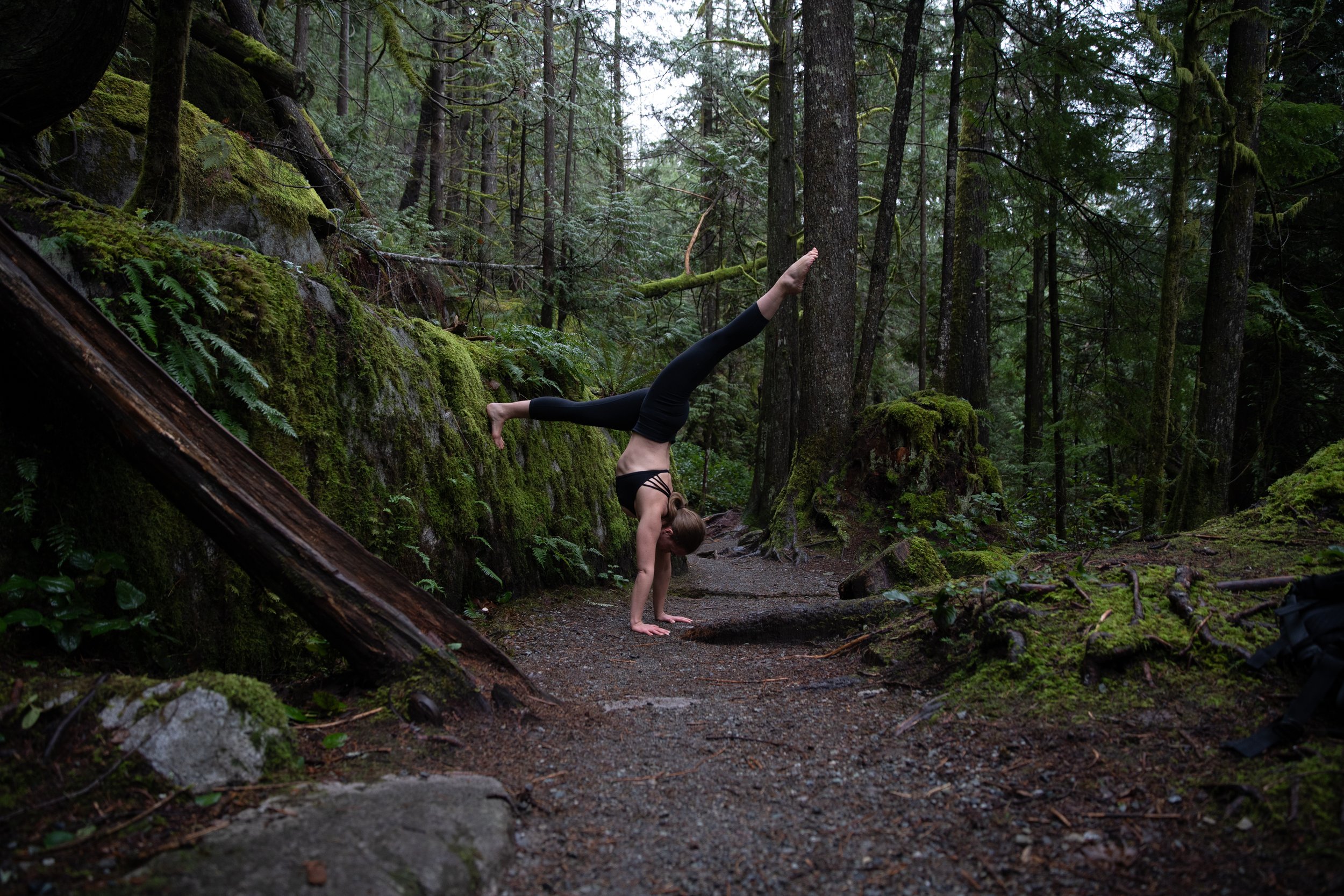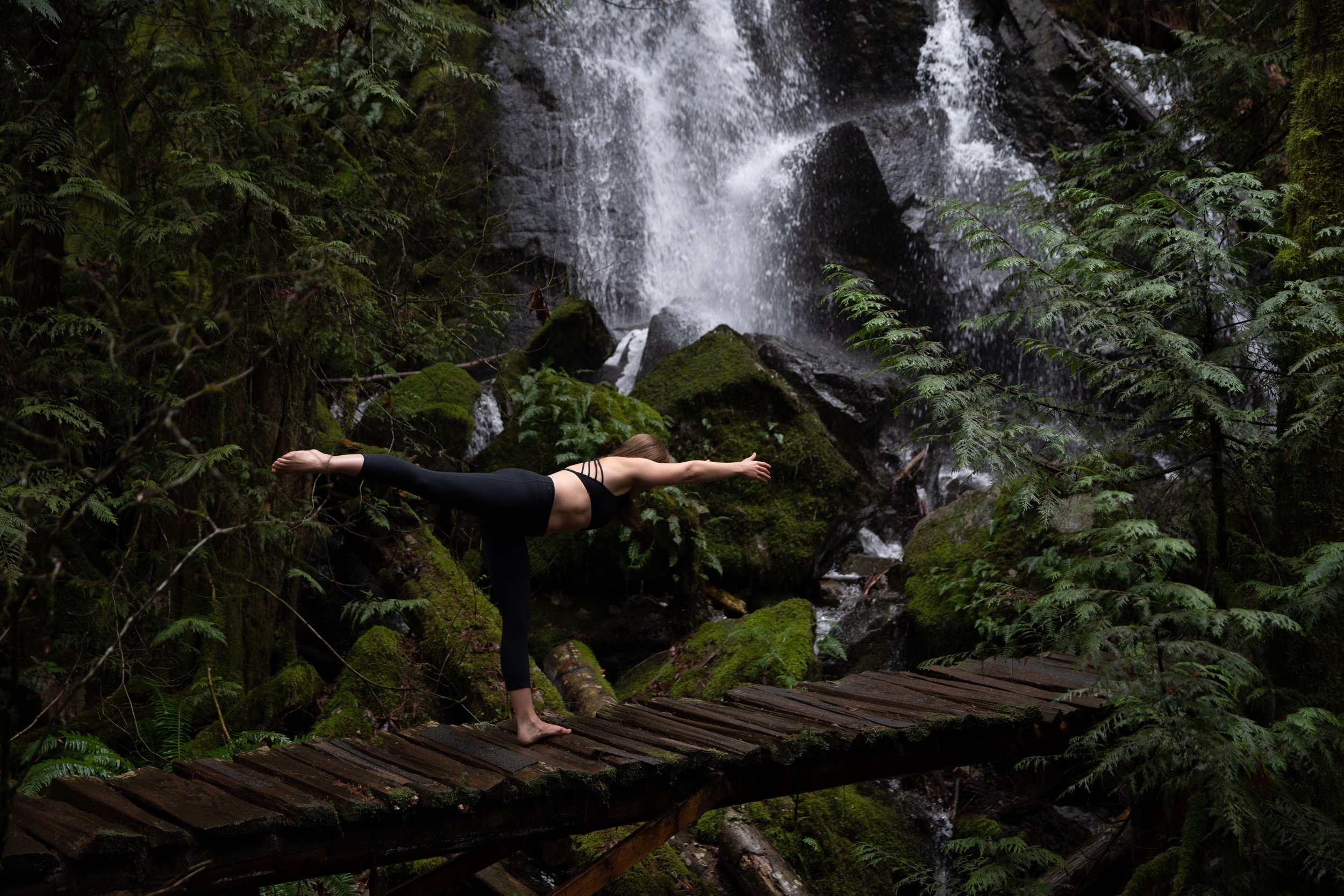
Discover the path that’s been waiting for you.
What are you here to explore?
Hey there! I’m Cecily.
I help movement educators realize their potential as creative entrepreneurs. My job is to help you feel good about the work you’re sharing with the world. I can show you:
How to use intentional movement to bring your body back to life
How to teach classes that stand apart from everything else on a normal studio schedule
How to write and talk about movement so that your offerings become irresistible to your dream clients

Yoga Detour comes to life inside our private online community space called The Detour. That’s where you’ll find access to Detour Method Online, live events and workshops, as well as vibrant discussion spaces full of movement enthusiasts dedicated to becoming agents of change.
Access to The Detour is by membership only.
Detourify Your Inbox
Detourists around the World
-

Zurishaddai Ruiz
Sol Mind Moves
Jersey City, NJ USA -

Drew Hume
-

Alissa Firth-Eagland
Garden Variety Moves/Yoga for TBI
Ontario, Canada -

SatPreet Kaur
SK Yoga Therapy
Austin, TX USA





